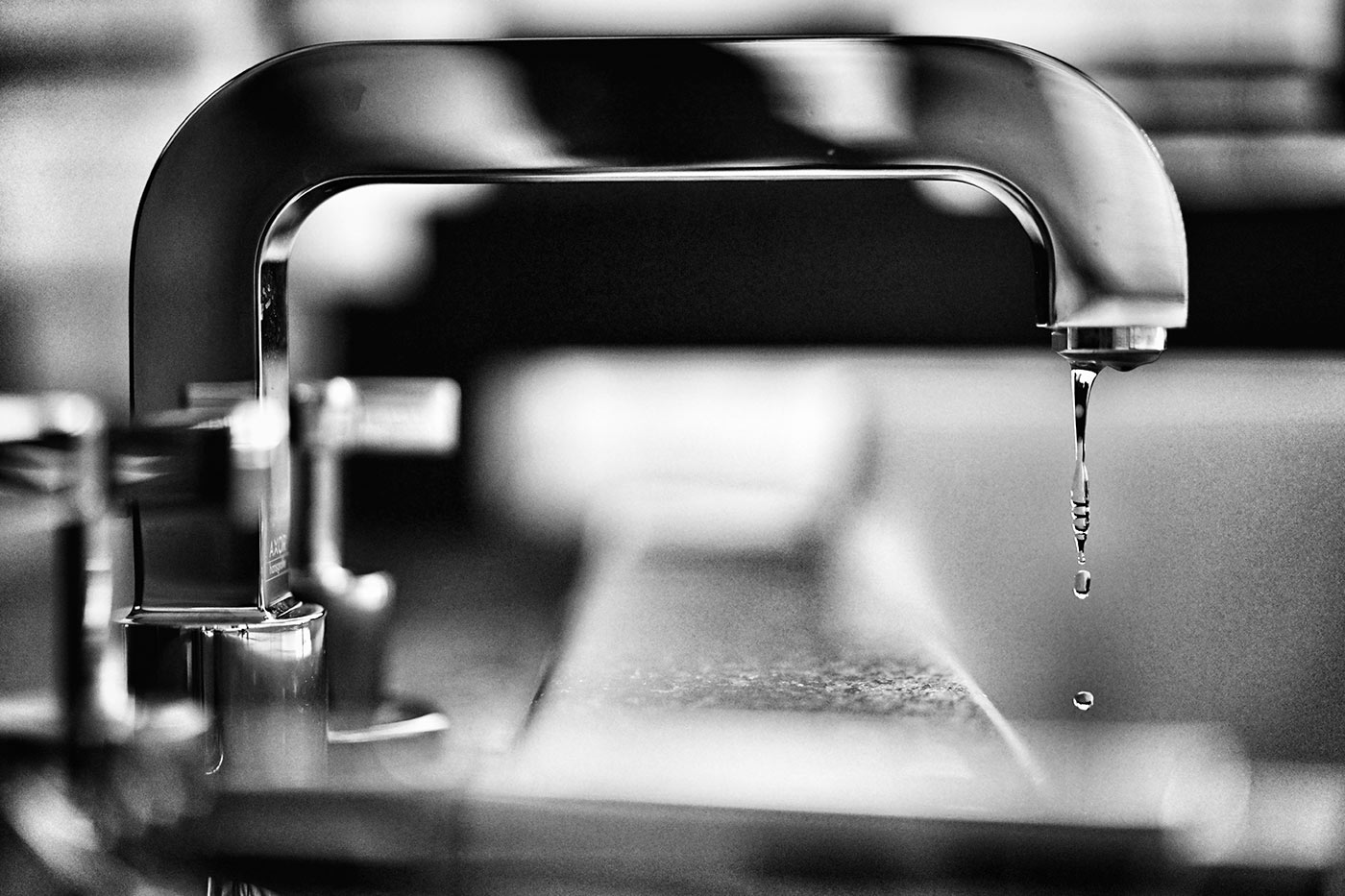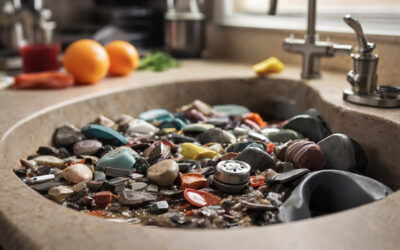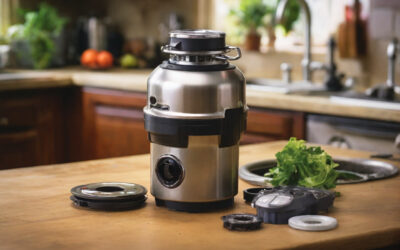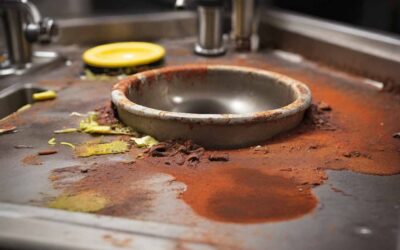As winter’s chill sets in, homeowners often face a silent yet pressing question: can frozen pipes cause low water pressure? This issue, while seemingly straightforward, can lead to a host of complications in your home’s plumbing system. When temperatures plummet, the water in your pipes is at risk of freezing, a phenomenon that can significantly impact water flow and pressure. Understanding how and why this occurs is crucial for any homeowner braving the colder months. In this article, we’ll delve into the mechanics behind frozen pipes and their effect on water pressure, offering insights and solutions to keep your water running smoothly all winter long.
Can frozen pipes cause low water pressure?
Yes, frozen pipes can indeed cause low water pressure. When water in the pipes freezes, it expands, creating blockages or constrictions within the plumbing.
This may dramatically decrease water flow and pressure. In extreme circumstances, ice may break or rupture pipes, reducing water pressure and requiring quick repair to minimize water damage and restore normal water flow.
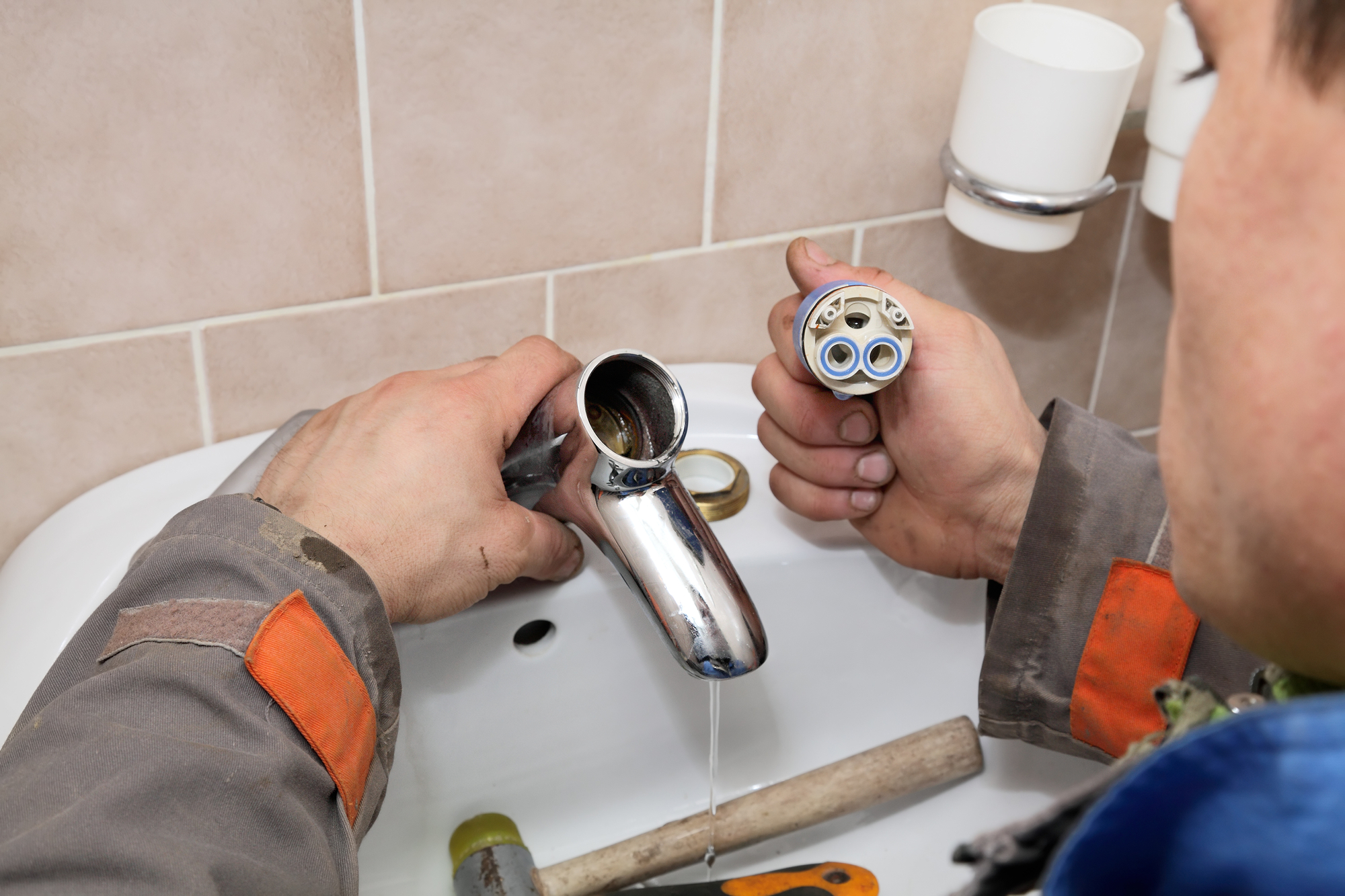
Therefore, during cold weather, it’s crucial to take measures to prevent pipes from freezing to maintain consistent water pressure.
How frozen pipes affect water pressure?
When pipes freeze, the water inside them turns into ice. As water freezes, it expands, taking up more space in the pipe. This expansion can cause several issues affecting water pressure:
- Physical blockage: The ice itself can form a blockage in the pipe, physically obstructing the flow of water. This blockage can lead to significantly reduced water pressure or even no water flow at all from affected faucets or fixtures.
- Pipe constriction: In some cases, the expanding ice doesn’t fully block the pipe but constricts it. This constriction narrows the pathway through which water can flow, reducing the overall water pressure in the system.
- Pipe damage: The expansion of ice can also strain the pipe material. Over time, or with rapid freezing, this strain can lead to cracks or bursts in the pipe. A cracked pipe might still allow some water to pass through, but at a reduced pressure. A burst pipe, on the other hand, can lead to a significant drop in pressure as water escapes from the system.
- Secondary effects: In systems where pipes have partially frozen, the overall balance of the plumbing system can be affected. This imbalance can lead to fluctuations in water pressure even in parts of the system that haven’t frozen.
When dealing with frozen pipes, it’s essential to thaw them carefully to restore normal water flow and pressure. However, it’s equally crucial to inspect for any damage that the freezing may have caused to avoid future problems and ensure the integrity of the plumbing system.

How do frozen pipes affect water pressure?
When water freezes inside pipes, it can lead to a range of issues that affect water pressure and the overall plumbing system. Here’s a more detailed look at how frozen pipes impact water pressure:
Complete blockage:
Ice formation inside a pipe can completely block the passage of water. This blockage is akin to a clog, preventing water from flowing to faucets, showers, or other fixtures. The result is a noticeable drop in water pressure or no water flow at all in severe cases.
Partial constriction:
In some instances, the ice doesn’t block the entire pipe but narrows the passage through which water can flow. This partial constriction limits the volume of water passing through the pipe, leading to a decrease in water pressure. Such a scenario might still allow some water flow, but at a significantly reduced rate.
Pipe expansion and damage:
Water expands when it freezes, and this expansion exerts considerable pressure on the interior walls of the pipe. Pipes, especially those that aren’t designed to withstand such pressure or are already weakened due to age or corrosion, can develop cracks or even burst. A cracked pipe can lead to a minor reduction in water pressure, but a burst pipe can cause a major drop in pressure, as water escapes from the system instead of flowing to its intended outlet.
System-wide pressure imbalance:
The effects of a frozen pipe can extend beyond the immediate area of the blockage. Modern plumbing systems are designed to balance water pressure throughout the home. When one section of the piping is blocked or constricted, it can disrupt this balance, leading to fluctuations in water pressure in various parts of the house, not just where the ice has formed.
Compounded plumbing issues:
In situations where pipes repeatedly freeze, the stress on the plumbing system can lead to compounded issues. Frequent expansions and contractions of the pipes can weaken joints and connections, leading to leaks and further pressure problems in the long term.
Frozen pipes need prevention and fast action. Keep the house at a steady temperature, insulate pipes, and fix cold drafts to avoid plumbing issues. To avoid damage and restore water pressure, gently defrost frozen pipes immediately. If pipe damage is evident or complicated, call a plumber for safe and efficient repairs.
Prevention: Key to maintaining steady water pressure
Maintaining steady water pressure in your home, especially during colder months, requires proactive measures to prevent pipes from freezing. Here are some essential steps for prevention:
- Insulate pipes: Use insulation sleeves or wraps on pipes, especially in unheated areas like basements, attics, garages, and exterior walls, to prevent freezing.
- Keep the heat on: Maintain a home temperature of at least 55 degrees Fahrenheit to keep interior pipes from freezing.
- Seal drafts: Check and seal drafts near pipes, particularly where they enter and exit walls, to prevent freezing and conserve energy.
- Let faucets drip: Allow a small trickle of water to run from faucets connected to vulnerable pipes to prevent freezing, as moving water is less likely to freeze.
- Open cabinet doors: Keep cabinet doors open in kitchens and bathrooms to allow warm air to circulate around plumbing on exterior walls.
- Drain outdoor faucets: Disconnect garden hoses and drain pipes leading to outdoor faucets before winter to avoid water freezing inside them.
- Install thermostatically controlled heat tape: Use heat tape that activates at low temperatures on pipes that are particularly prone to freezing.
- Monitor home temperature: Utilize smart thermostats to maintain steady indoor temperatures and receive alerts if the temperature drops too low.
- Professional inspection: Have a plumber regularly inspect your plumbing system for potential freezing risks and necessary preventative measures.
By following these steps, homeowners can significantly reduce the risk of having frozen pipes, thereby maintaining steady water pressure and avoiding the costly and inconvenient damages that can occur when pipes freeze and burst. Remember, prevention is always better than cure, especially in plumbing maintenance.
Long-term solutions for a worry-free winter
To ensure a worry-free winter and avoid the issues associated with frozen pipes, consider implementing these long-term solutions:
1. Upgrade insulation:
Enhance the insulation in your home, especially in areas where pipes are located. Proper insulation helps maintain a consistent temperature, reducing the risk of freezing.
2. Reroute problematic pipes:
For pipes that are consistently problematic, consider having them rerouted through warmer areas of the home. This can be a more permanent solution to prevent freezing.
3. Install pipe heating cables:
Fit heating cables or heat tape along pipes that are prone to freezing. These cables can be thermostatically controlled to turn on when temperatures drop, providing constant warmth to the pipes.
4. Replace pipes with freeze-resistant materials:
Consider replacing existing pipes with materials more resistant to freezing and bursting, such as PEX piping, which can expand slightly to accommodate frozen water.
5. Seal and weatherproof your home:
Ensure your home is well-sealed against the elements. This includes sealing cracks and openings around windows, doors, and where pipes enter and exit the home.
6. Install a smart home system:
Smart home systems can monitor your home’s temperature and alert you if the temperature drops to a level that could cause pipes to freeze. This is particularly useful when you’re away from home.
7. Regular maintenance checks:
Schedule annual maintenance checks with a professional plumber to inspect your plumbing system and identify any potential issues before they become problematic.
8. Educate yourself and family members:
Understanding how to prevent and deal with frozen pipes is crucial. Ensure all family members know where the main water shut-off valve is and how to turn it off in case of a pipe burst.
9. Create an emergency plan:
Develop a plan for what to do if pipes freeze or burst. This should include the contact information for a reliable plumber, knowledge of the main water shut-off valve’s location, and steps to take to minimize damage.
10. Consider climate-specific adjustments:
If you live in an area with severe winters, consider additional measures like burying exterior pipes deeper or installing frost-proof outdoor faucets.
By taking these proactive steps, you can significantly reduce the likelihood of dealing with frozen pipes and the associated stress, ensuring a more comfortable and secure winter season.
Conclusion
The query can frozen pipes cause low water pressure? is undeniably answered with a resounding yes. Frozen pipes are a common issue in colder climates and can significantly impact your home’s plumbing system. The expansion of ice within pipes leads to blockages and constrictions, which in turn causes a reduction in water pressure. Understanding this relationship and implementing preventative measures is crucial. By insulating pipes, monitoring home temperatures, and taking proactive steps before the winter sets in, homeowners can effectively prevent the inconvenience of low water pressure due to frozen pipes, ensuring a smoother, worry-free winter season.

